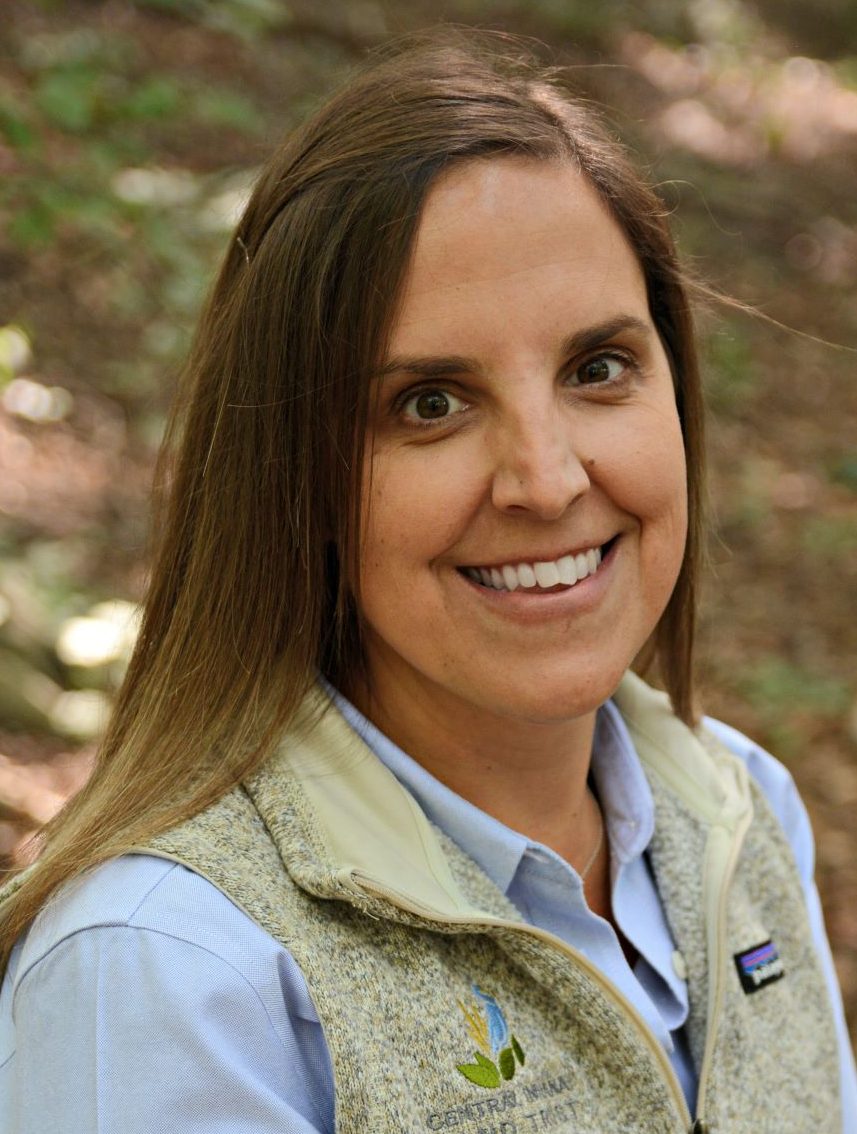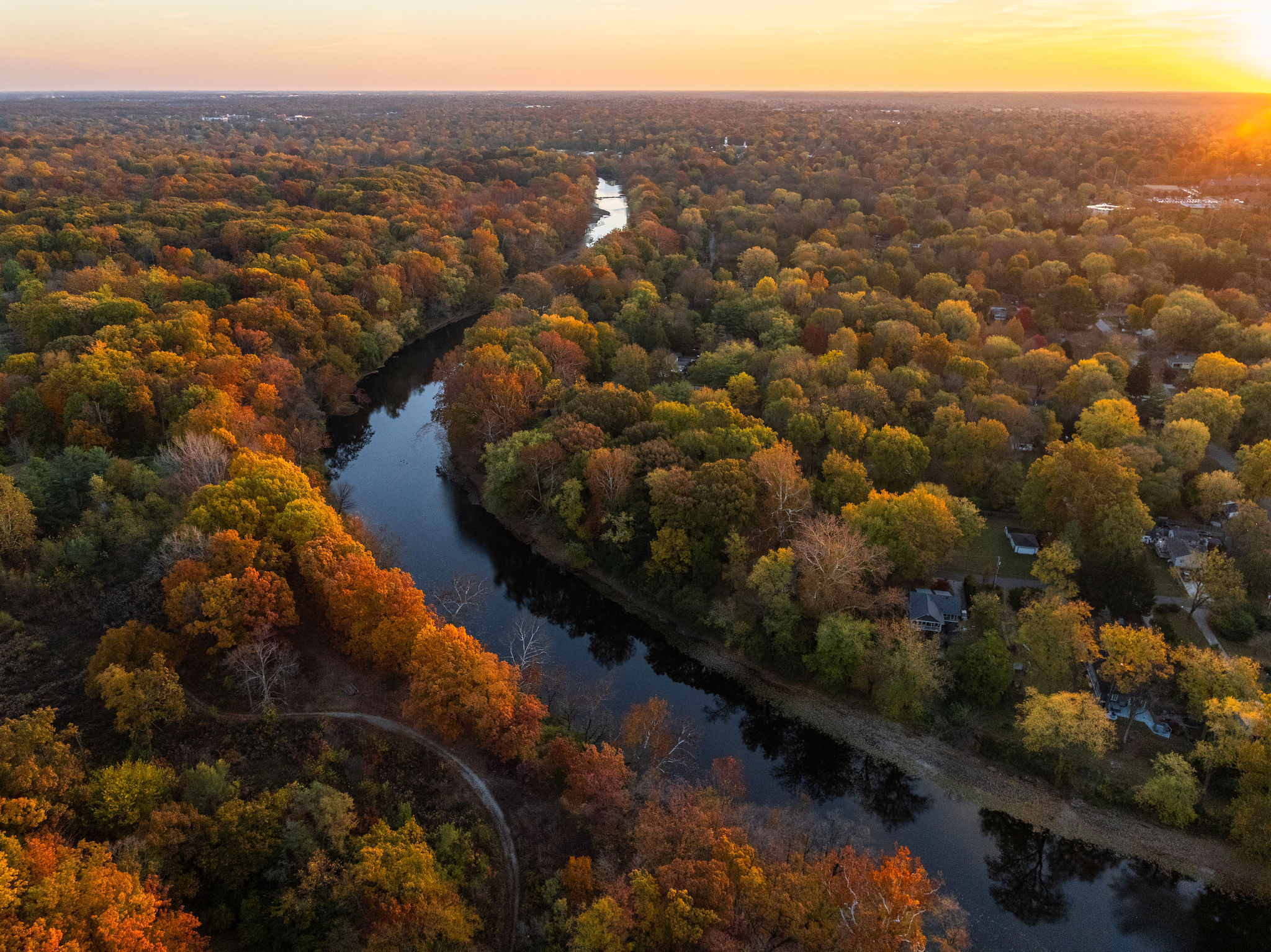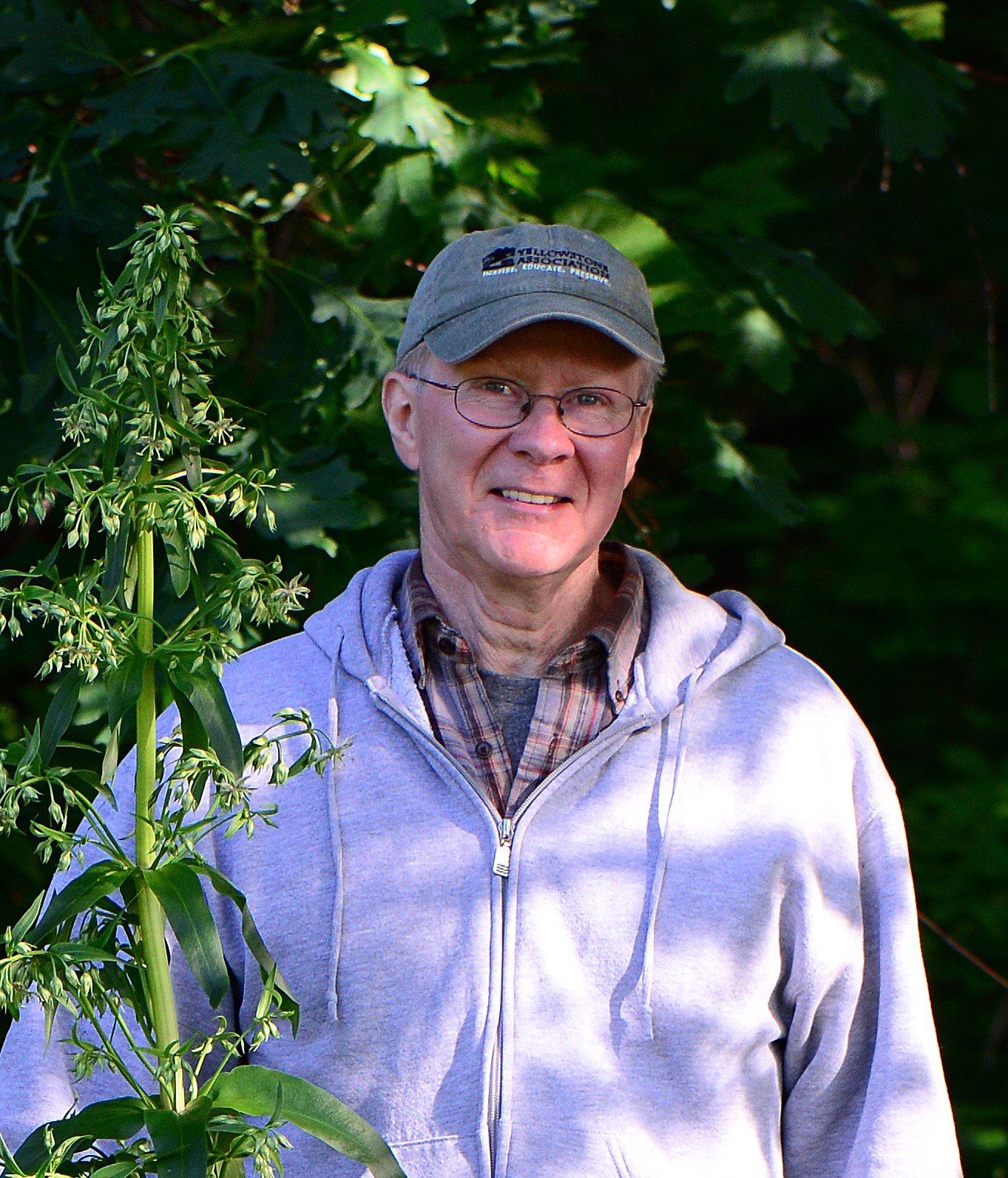
Hoosier Prairie NP portrait res
Hoosier Prairie Nature Preserve, DNR Photo – Division of Nature Preserves
Savannas, Prairies, and their “Cousins”
Written By: John Bacone
Date Published: March 21, 2024
John Bacone
Final in a series by board member John Bacone
Note: A version of this series appeared in the Indiana Parks Alliance newsletter and the Indiana Native Plant Society Journal.
Savannas, which are natural communities comprised of widely spaced oak trees in a matrix of prairie forbs, once were common in Indiana, especially in the northwest part of the state. Excellent examples of these fire-dependent communities have been protected at Stoutsburg Savanna and Tefft Savanna Nature Preserves in Jasper County and Conrad Station Nature Preserve in Newton County.
Hoosier Prairie Nature Preserve in Lake County contains a complex of savanna, prairie, marsh, and sedge meadow. These savannas all occur on sandy soils and are dominated by black oak.
McCloskey Savanna, also in Lake County, contains a less common type, occurring on loamy soil and dominated by burr oak.
Prairies occurred in Indiana primarily in the northwest, but scattered prairies occurred throughout much of the state. Black soil prairies once covered millions of acres of northwest Indiana. These loamy soils were very productive for growing row crops, and most have long since been converted to farmland.
Fortunately, a few remnants have been protected, affording us a chance to see how biologically rich these prairies were. Cressmoor Prairie in Lake County (Heinze) allows visitors to hike a trail through the prairie. German Methodist Cemetery Prairie, also in Lake County, is Indiana’s smallest nature preserve. It protects one acre of high-quality prairie, and visitors can observe it from outside of a fence.
Sand prairies were less desirable for farming, and some fairly large examples have been protected. Some sand prairie nature preserves include:
- Dunes Prairie, Porter County
- Hoosier Prairie, Lake County
- Beaver Lake Prairie, Newton County
- Kankakee Sands prairie restoration in Newton County
The “southern cousins” of prairies are called “glades” and “barrens.” These are natural openings in southern Indiana’s forests. They occur on thin soils, and usually on south and southwest-facing slopes. These openings contain many of the prairie plants found in the northern Indiana prairies, but also contain other species restricted to southern Indiana.
Excellent examples of large natural areas containing limestone glades and barrens can be found at Mosquito Creek Nature Preserve in Harrison County.
Siltstone glades can be found at Knobstone Glades Nature Preserve in Jackson-Washington State Forest and Brock-Sampson Nature Preserve in Floyd County.

Brock-Sampson Nature Preserve, DNR Photo – Division of Nature Preserves
NICHES Land Trust owns and manages sand barrens at Granville Barrens Nature Preserve in Tippecanoe County.
That concludes our “virtual tour” highlighting Indiana’s nature preserves. Note that many of the 300 nature preserves are open to the public, but some are not. Folks interested in visiting them are encouraged to visit the Division of Nature Preserves web site to learn about access and other regulations. Some preserves are not yet open due to inadequate parking or access. Some are not open due to ecological fragility. Some areas are open to hunting, so be sure to take safety precautions.
In all cases, it should be noted that the acquisition and protection of these areas was just the beginning of the story. All natural areas require some type of management. Invasive species, encroachments, climate change, and the need for prescribed fire will need to be addressed going forward.
While these areas have been protected “in perpetuity,” the need for constant stewardship must also continue in perpetuity. As Rachel Carson said, “Conservation is a cause that has no end. There is no point at which we can say our work is finished.”
We all owe our thanks to the many organizations and to their staffers who work hard at keeping Indiana’s natural diversity intact for future generations.

Ben Valentine
Guest Blogger
Ben Valentine is a founding member of the Friends of Marott Woods Nature Preserve and is active in several other conservation organizations. He leads a series of NUVO interviews with Indiana's environmental leaders, and he cherishes showing his son all the wonders of nature he grew up loving.

DJ Connors
Guest Blogger
DJ Connors, a Central Indiana native and late-to-life hunter, combines a lifelong appreciation for wildlife and the outdoors with a deep passion for exploring the natural beauty of the area he has called home for most of his life. As a husband and father of three, he is committed to ensuring his children have the same opportunities to connect with nature and appreciate the outdoors in their community. DJ’s unique journey into hunting emphasizes sustainability, responsible stewardship, and the importance of preserving these experiences for future generations.

Bridget Walls
Guest Blogger
Bridget is our first ever Communications and Outreach Intern. She is a graduate of Marian University, where she combined English, studio art, and environmental sciences in her degree studies. As treasurer for Just Earth, the university's environmental club, she helped plan events encouraging a responsible relationship between people, nature, and animals.

Jordan England
Guest Blogger
Jordan England is a lifelong Shelby County resident who graduated from Waldron Jr. Sr. High School (just a few miles from Meltzer Woods!). After earning her B.S. degree in Retail Management from Purdue University, she returned to Waldron to start a family with her husband, Brian. Together they have 3 young children and enjoy sharing with them their love of the community. Jordan is the Grants and Nonprofit Relations Director at Blue River Community Foundation, managing BRCF’s grant program, providing support to local nonprofits, and promoting catalytic philanthropy in Shelby County.

Cliff Chapman
President and CEO
As CILTI’s President and CEO, Cliff keeps CILTI’s focus on good science and stewardship. He’s mindful that the natural places you love took thousands of years to evolve and could be destroyed in a single day, and that knowledge drives his dedication to their protection.

Stacy Cachules
Chief Operating Officer
Among her many key duties as Assistant Director, Stacy has the critical task of tracking our budget, making sure we channel donations for maximum efficiency. When her workday’s done, Stacy loves to spend time with her two young boys—and when not traveling, she’s likely planning the next travel adventure.

Ryan Fuhrmann
Vice Chair
Ryan C. Fuhrmann, CFA, is President and founder of Fuhrmann Capital LLC, an Indiana-based investment management firm focused on portfolio management. Ryan’s interest in land conservation centers around a desire to help preserve natural habitats for wildlife and the subsequent benefits it brings to people and the environment.

Joanna Nixon
Board Member
Joanna Nixon is the owner of Nixon Consulting, an Indianapolis-based strategy and project management firm focused on the nonprofit sector. She currently serves as the Philanthropic Advisor for the Efroymson Family Fund. Prior to opening her consulting practice in 2000, Joanna was vice-president for grantmaking at Central Indiana Community Foundation (CICF). Joanna has more than 25 years of experience in the nonprofit and arts and culture sector. She is passionate about the environment and loves bringing big ideas to life and creating high-quality arts and culture programs and experiences. Joanna enjoys outdoor adventures, including competing in fitness obstacle course races and hiking with her high energy Australian Cattle Dog, Jackson.

Karen Wade
Board Member
Before retiring, CILTI board member Karen Wade worked for Eli Lilly & Co. In retirement she volunteers for a number of organizations, including the Indiana Master Naturalist program, Johnson County Native Plant Partnership CISMA, Meadowstone Therapeutic Riding Center, and Leadership Johnson County.

David Barickman
Development Systems Manager
Born and raised in Central Illinois, David spent many days as a child wandering around the river, forest and lakes there. He works behind the scenes as a key member of our fundraising team. When not working, David loves to be outdoors hiking, fly fishing, kayaking or woodworking.

Jamison Hutchins
Stewardship Director
Jamison leads our stewardship team in caring for the land that is so important to you. He comes to our team after eight years as Bicycle and Pedestrian Coordinator for the city of Indianapolis, where his work had a positive impact from both health and environmental perspectives.

Jen Schmits Thomas
Media Relations
An award-winning communicator and recognized leader in Central Indiana’s public relations community, Jen helps us tell our story in the media. She is the founder of JTPR, which she and her husband John Thomas own together. She is accredited in public relations (APR) from the Public Relations Society of America, and loves to camp and hike in perfect weather conditions.

Shawndra Miller
Communications Director
Shawndra’s earliest writing projects centered around the natural world, starting when a bird inspired her to write her first “book” in elementary school. Now she is in charge of sharing our story and connecting you to our work. Through our print and online materials, she hopes to inspire your participation in protecting special places for future generations.

Phillip Weldy
Stewardship Specialist
Phillip enjoys nature’s wonders from an up-close-and-personal perspective as he works to restore the natural places you love. As an AmeriCorps member in Asheville, NC, he had his first full immersion in relatively undisturbed land while reconstructing wilderness trails in National Parks and National Forests.


December 16, 2025
In Montgomery County, we recently assisted the DNR Division of Nature Preserves expand Spring Creek Seeps Nature Preserve. A 30-acre tract adjoining the preserve is now protected in perpetuity.
Newsroom,Properties


December 11, 2025
Brown County is beloved for its vistas of iconic Southern Indiana hills. Now the forests under protection in the county include another 89 acres. That’s all thanks to our members’ generosity!
Betley Woods,Blossom Hollow,Callon Hollow,Homepage,Newsroom,Properties


December 9, 2025
Board member Ryan C. Fuhrmann, CFA, is President and founder of Fuhrmann Capital LLC, an Indiana-based investment management firm. As our incoming board chair, Ryan brings a strong desire to preserve natural habitats for wildlife. We asked him to share his perspective on making gifts of stock to the [...]
Newsroom




























